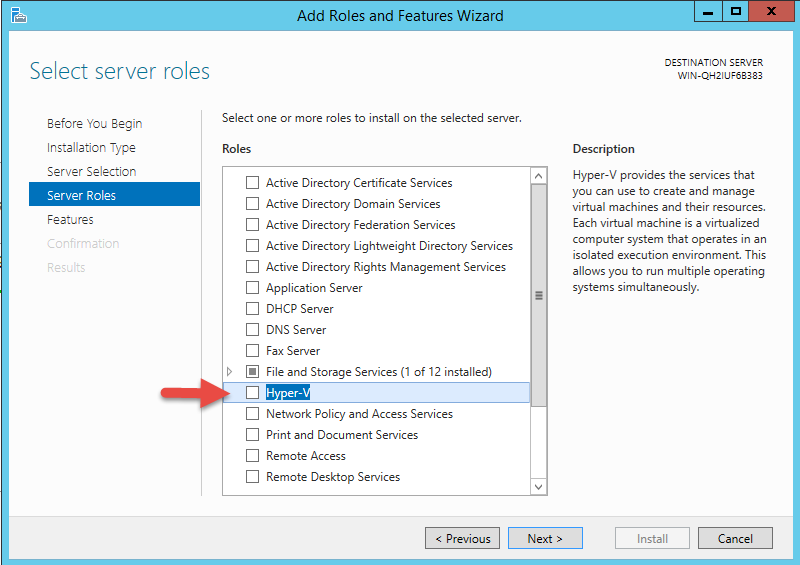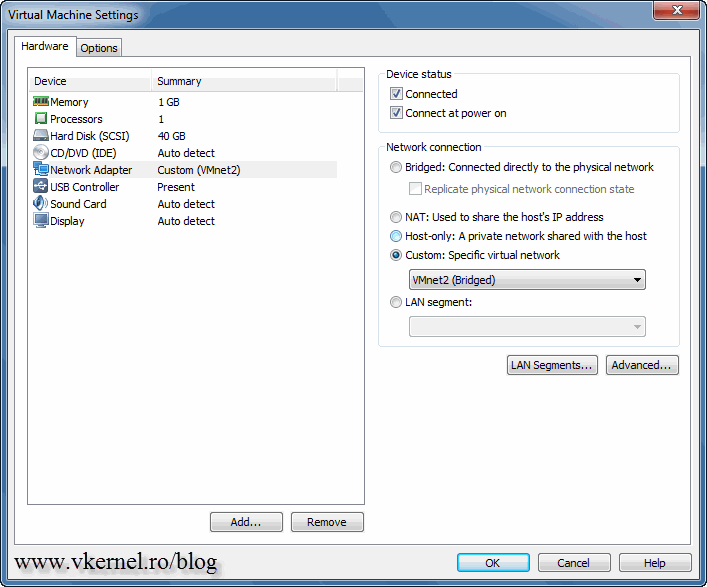
- VMWARE WORKSTATION FOR SERVER FULL
- VMWARE WORKSTATION FOR SERVER SOFTWARE
- VMWARE WORKSTATION FOR SERVER PC
Users with permission can switch between many virtual computers at the same time. It aids network or system administrators in inspecting, testing, and validating the client/server environment. VMware Workstation, in layman’s terms, enables the simultaneous installation of numerous computer systems, both in client/server operating systems. VMware, Inc., a Dell Technologies business, created and sells the software. Each virtual machine can run its operating systems, such as Microsoft, Ubuntu, BSD, and MS-DOS versions. VMware Workstation is a set of hosted hypervisor solutions for 圆4 PCs that lets users run virtual machine instances, container, and Kubernetes groups on a physical machine, and systems use them all at the same time. VMware Workstation is a desktop hypervisor that allows users to run virtual machines, microservices, and Kubernetes clusters. Device model, operating system difficulties, and network protocol issues are only a few of VMware Workstation’s drawbacks. In addition, the administrator can move between multiple virtual machines at the same time. It aids system and network administrators in examining, testing, and verifying the client-server environment. Many versions of operating systems, including client and server operating systems, can be installed using VMware Workstation. VMware Workstation was first released in 2001. VMware was founded in 1998 and has a number of virtualization-related products. Performance VMWare performance is better. Features VMWare provides a lot more functions. Sound VMWare has numerous sound difficulties. Operating VMWare is more difficult to operate.
VMWARE WORKSTATION FOR SERVER PC
Comparison Table Between VMWare Workstation and Virtual PC Parameters of Comparison VMWare Workstation Virtual PC Cost Virtual PC is free.
VMWARE WORKSTATION FOR SERVER SOFTWARE
Windows Virtual PC is a Microsoft software that allows multiple versions of the Windows os to operate on the same computer today. On a single physical machine, virtualization allows you to create several virtual machines, each with its own operating system (OS) and applications. They are frequently referred to as guests, whereas the machine on which they run is known as the host. VMware Workstation supports hard disks, USB devices, and CD-ROMs, acting as a bridge between the client and the virtual system.Ī virtual machine is a virtual representation of a physical computer, often known as an emulation. A single instance of any operating system (Microsoft, Linux, etc.) can run in each virtual machine at the same time. Post integration, end users are now able to take advantage of these features and use Workstation!Ī big thank you and congratulations go out to the engineering teams of both companies that made this possible.VMware Workstation is a virtual machine program that allows you to run different operating systems on a single physical host on x86 and x86-64 computers. Prior to the WHP integration, these features needed to be disabled before Workstation was able to launch. These include security enhancements like Windows Defender Credential Guard, Windows Defender Application Guard, and Virtualization Based Security as well as developer features like Windows Containers and WSL 2. In Windows 10, we introduced a number of features that utilize the Windows Hypervisior.

VMWARE WORKSTATION FOR SERVER FULL
For a full write up on the changes VMware made and the details on the version required check out their excellent post here.


This release adds support for VMware Workstation running side by side with Microsoft’s virtualization based offerings. As a follow up to our previous post on VMware and Hyper-V Working Together, VMware has released a version of VMware Workstation that works with the Windows Hypervisor Platform (WHP).


 0 kommentar(er)
0 kommentar(er)
